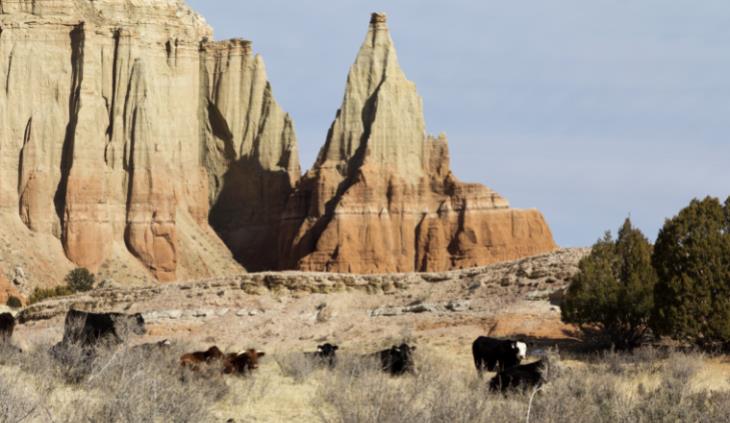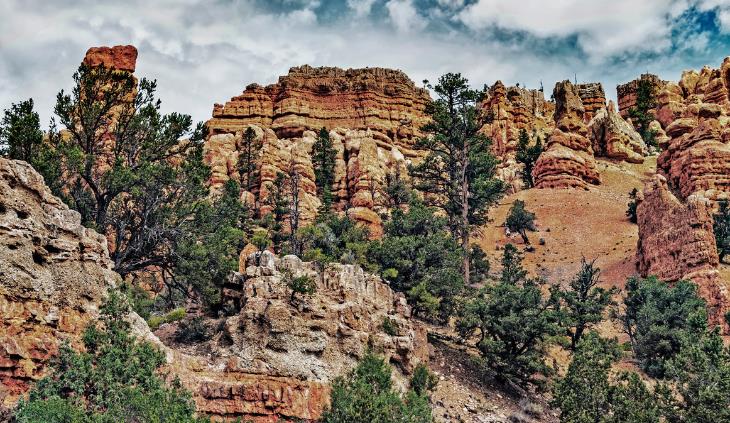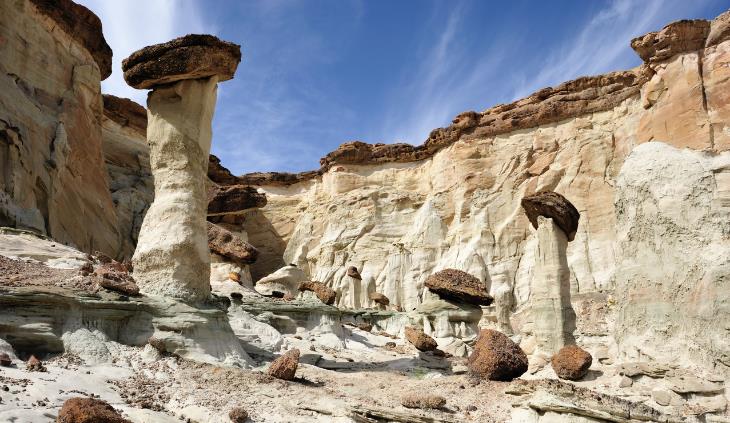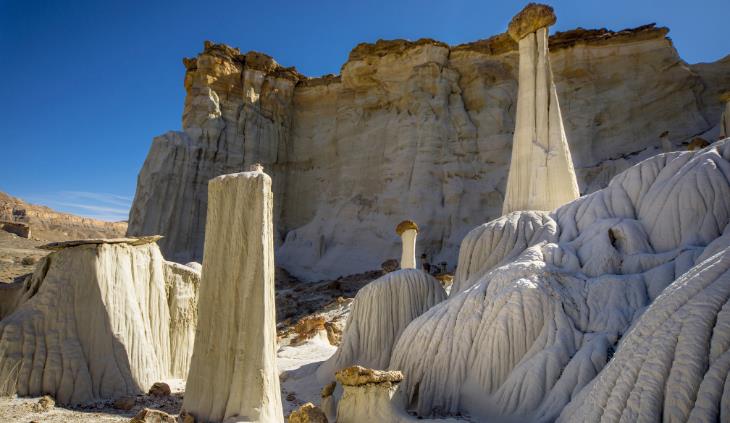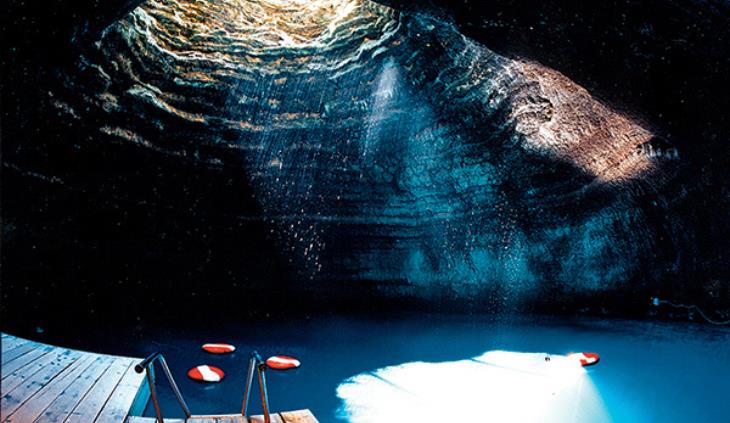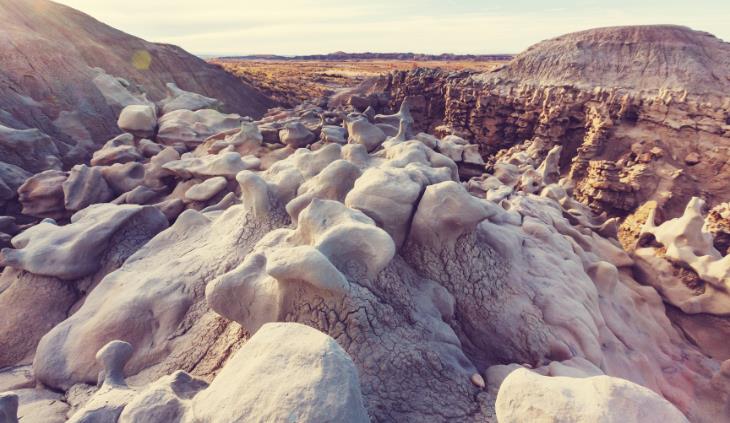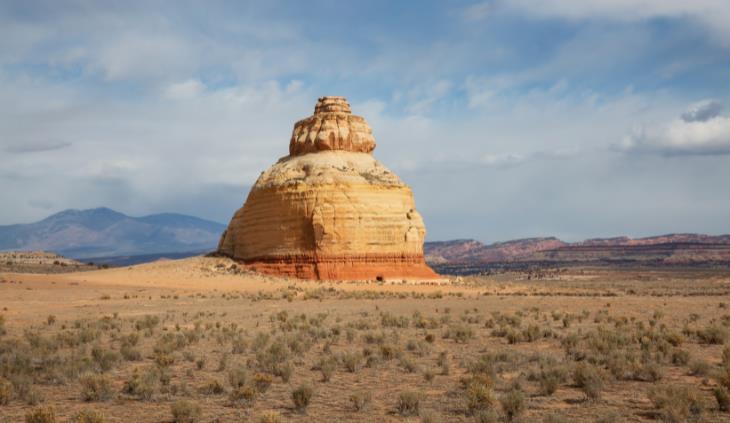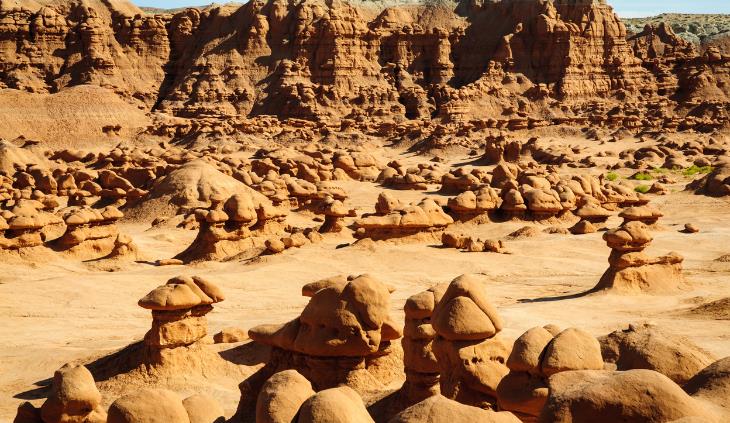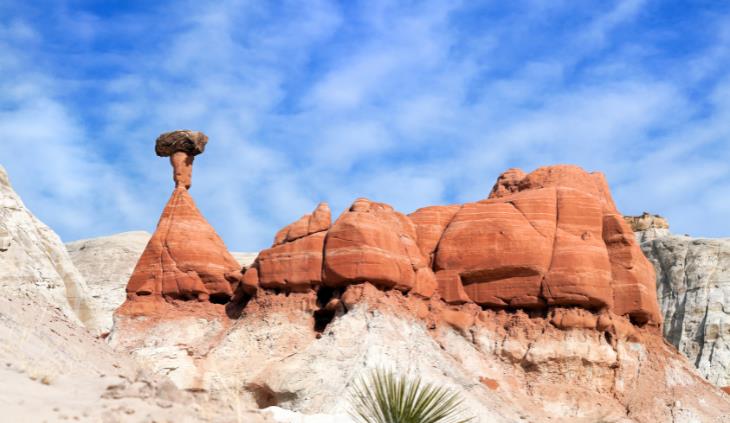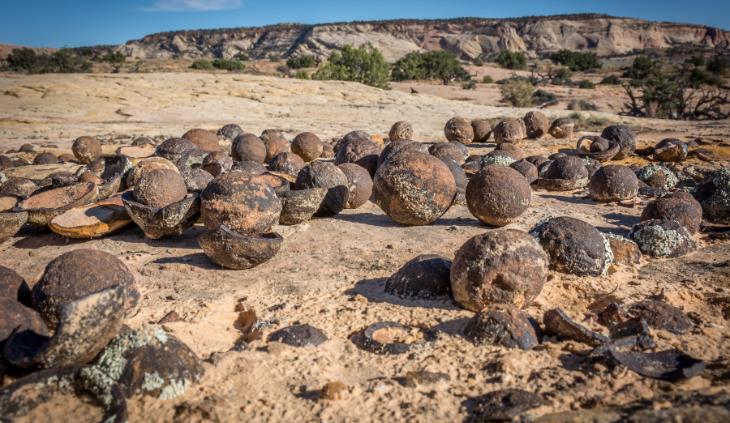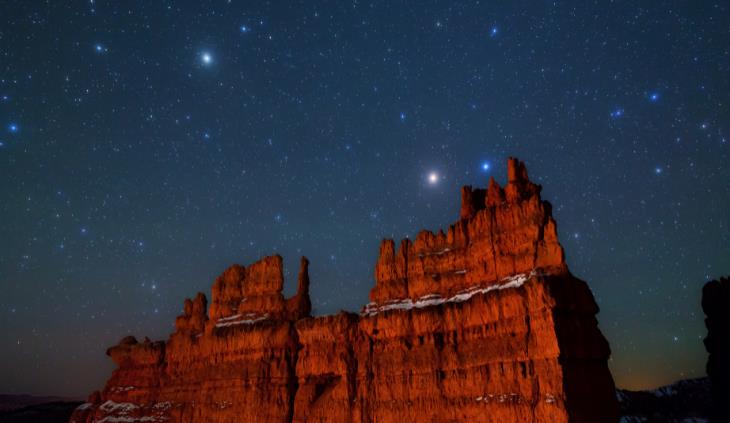The United States has got it all in terms of natural resorts. The enormously diverse landscape includes beaches, canyons, creeks, prehistoric fossil sites, forests, mountains, valleys, waterfalls, and hot springs. You can spend an entire lifetime trying to explore it all. But if you've got just a week to spare, and you happen to be around Utah, here are all the geological sights you don't want to miss.
Kodachrome Basin State Park
There are exactly 67 spires of sandstone in the Kodachrome Basin State Park. These spires are not the only type of geological rock formation you can find when traveling to Utah. They were formed mainly by wind erosion, which revealed the varied vibrant colors of the sandstone. In the park, you will find neatly marked hiking trails as well as 4X4 trails. For those interested in the night sky, the high altitudes will offer a sky clear of light pollution.
The Cassidy Trail in Dixie National Forest
The Cassidy Trail in the Dixie National Forest is considered a moderately difficult hike. Entrance is free of charge, but know this – upon entering, you will get both a hike in the beautiful vista of Utah and a journey through history. As told by local lore, notorious criminal Butch Cassidy (1866-1908) escaped from the hands of law to this very trail. He used the trail to escape from authorities many times. Some even say that other outlaws followed his lead and also fled on this trail as they were seeking refuge from the law.
The Wahweap Hoodoos in Wahweap Creek, Grand Canyon’s South Rim
We had to include two photos to demonstrate just how diverse and unique these hoodoos are. Hoodoos are rock formations created when there is a mix of soft and hard stones. Water penetrates the soft stone and erodes it away as it expands when it freezes. However, the hard stone on top, called caprock, stops the process of erosion, resulting in a pillar shape. Due to the colors of the hoodoos in Wahweap creek, they resemble mushrooms! In the photo below, you can see other shapes created by water erosion.
Homestead Crater in Midway, Utah
The Homestead crater in Midway, Utah, is an approximately 10,000-year-old hot spring. Its cloudy, mineral-rich waters measure about 93°F. The spring is 55 feet deep and is famous for being among the only warm water dive sites in the Continental United States. It is located in a private resort, where you’ll be charged a nominal fee to enter. There is a natural opening in the ceiling, but the only way to access the water is through an artificially-made tunnel.
Fantasy Canyon
Fantasy Canyon is easily one of the most unique places on this list. It is located about an hour outside of Vernal, Utah. So far, we’ve seen two types of natural rock formations: sandstone spires in Kodachrome Basin State Park and hoodoos in Wahweap Creek, Grand Canyon South Rim. The type of natural rock formation found in Fantasy Canyon is the product of ancient rivers and lakes that used to cover the area. Sand and mud from the bottom of those rivers and lakes have hardened and compressed into solid rocks that were then shaped and eroded by the elements into soft-looking lumps.
For those looking to visit, an easy hike awaits you, with about a half-mile loop trip.
Church Rock
Church rock is a solitary three-tiered sandstone rock passed by many on their way to Newspaper Rock State Historic Monument. It is located near the Needles District of Canyonlands National Park. So, if you're ever heading towards any of these two points of interest, consider a short detour to take a photo of this historical curiosity.
There is a relatively small dent at the bottom of the rock. It was once believed to be hand-carved by a local independent society looking to establish a church (hence, the name), when in fact, this dent was made using dynamite. Church Rock belongs to a local farmer that carved out this dent as storage for salt licks for his cattle. The more you know!
Goblin Valley State Park
Goblin Valley State Park is filled with mushroom-shaped sandstone rocks that can reach heights of up to 50 feet. This area is especially prone to harsh and inclement weather: rainfall usually causes flash floods, and in drier weather, lightning often ignites wildfires in the valley. If you’re looking for a camping adventure near Goblin Valley State Park, Atlas Obscura recommends heading to Little Wild Horse Canyon.
Grand Staircase-Escalante National Monument
This National Monument spans over 2 million (!) acres of canyons and is home to real prehistoric relics. The oldest dinosaur fossil found around the Grand Staircase-Escalante National Monument is dated to be about 75 million years old! While hiking through this rock land, which has remained largely unchanged for over 70 million years, you're likely to find fossils of fish, turtles, and shark teeth. There are also manmade petroglyphs and Moqui marbles- spherical sandstones coated with hematite, shown in the image below:
Bryce Canyon
Bryce Canyon offers all adventure seekers a treat – you can find easy, hour-long, low elevation hikes, as well as more challenging trails and camping options. It offers vast panoramas of natural amphitheaters, sandstone bridges, and hoodoos. Explore this park further by reading our Bryce Canyon guide.
Newspaper Rock State Historic Monument
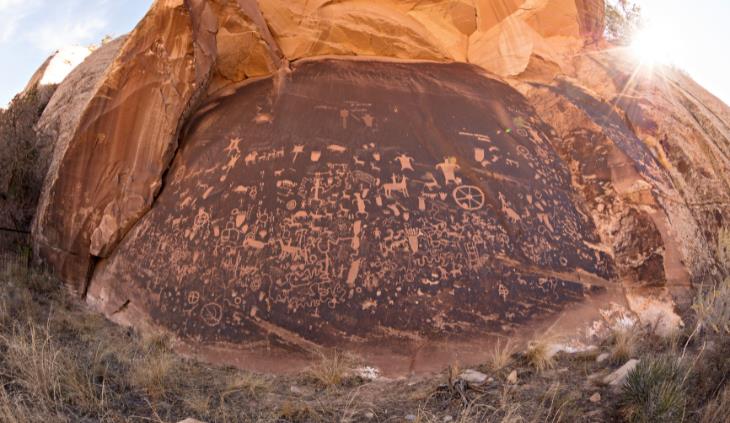 Newspaper Rock State Historic Monument is a 2,000-year-old monumental rock covered in manmade petroglyphs dated to the late 1300s. There are about 650 individual designs spanning 200 square feet of rock surface. These were all made by several Native American tribes. The Newspaper Rock State Historic Monument is considered to be one of the largest collections of petroglyphs in the world. Below is a close-up of just one area of the rock:
Newspaper Rock State Historic Monument is a 2,000-year-old monumental rock covered in manmade petroglyphs dated to the late 1300s. There are about 650 individual designs spanning 200 square feet of rock surface. These were all made by several Native American tribes. The Newspaper Rock State Historic Monument is considered to be one of the largest collections of petroglyphs in the world. Below is a close-up of just one area of the rock:
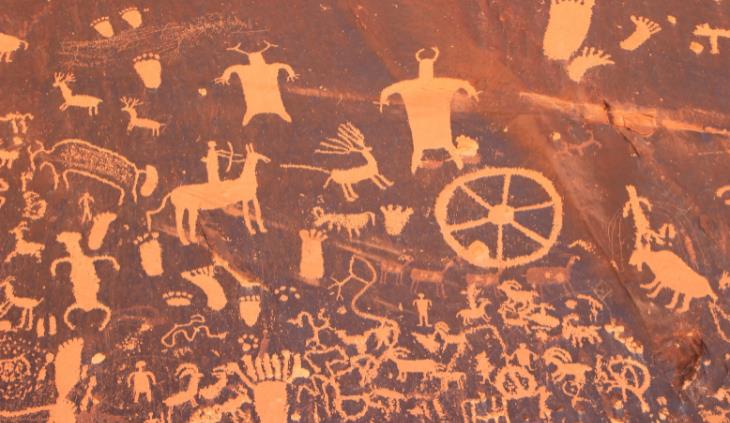
Bonus! Paul Bunyan's Woodpile
If you came all this way, here’s a bonus for you. A geological oddity called the Paul Bunyan Wood Pile is found near Newspaper Rock State Historic Monument:
H/T: AtlasObscura

